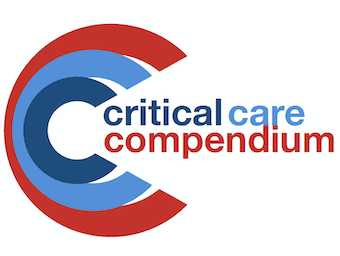
IHD vs CRRT vs SLED
Continuous renal replacement therapy (CRRT) is the modality most widely used in Australia and New Zealand ICUs. There is no evidence suggesting mortality benefit for one modality over another

Continuous renal replacement therapy (CRRT) is the modality most widely used in Australia and New Zealand ICUs. There is no evidence suggesting mortality benefit for one modality over another

Highlights and pearls on toxic alcohol ingestion from the EBMedicine article, "Toxic Alcohols: Not Always A Clear-Cut Diagnosis"

Tricyclic Antidepressants (TCA) are weak bases (pKa 8.5) that can cause life-threatening sodium channel toxicity

Citrate toxicity is primarily a result of hypocalcaemia and metabolic effects of excess citrate

Spider envenoming: In Australia the only two spiders of real importance = Funnel-web and the Red-Back; only these two can cause death or severe systemic illness

Severe toxicity from mushrooms is rare in humans; most symptomatic presentations are a self-limiting gastroenteritis requiring supportive care only; lethal hepatotoxicity from Amanita mushrooms must be excluded

Ciguatera Poisoning: A bizarre poisoning syndrome with acute and sometimes severe neurological and gastrointestinal symptoms caused by eating tropical reef fish that have accumulated ciguatoxin from the dinoflagellate Gambierdiscus toxicus; most common cause of fish poisoning worldwide.

Reviewed and revised 5/5/12 LUNG TRANSPLANT right ventricular failure hyperacute rejection bilateral infiltrates: hyperacute rejection, LVF, aspiration, fluid overload immunosuppression: steroids, calcineurin antagonists, anti-proliferatives anastamosis breakdown: air leak PAC care iNO weaning extubate early bleeding HEPATIC TRANSPLANT transplant characteristics: alive/deceased…

Transplant patients are treated with immunosuppressants to prevent rejection, which makes them susceptible to infection; risk of infection depends on epidemiological factors (determines exposure) and overall state of immunosuppression (determines susceptibility)

Intra-Aortic Balloon Pump (IABP) or intra-aortic counterpulsation device the balloon is inflated during diastole to increase coronary perfusion and then deflated during systole to decrease afterload

Nosocomial or hospital-acquired pneumonia (HAP) is defined as pneumonia that is not incubating at the time of admission to hospital and develops in a patient hospitalised for >48 hours.
Much has been said about how medicine should strive to emulate the enviable safety record of the aviation industry. This has led to a thorough examination of how the two “industries” compare and contrast. One of the more interesting comparisons…